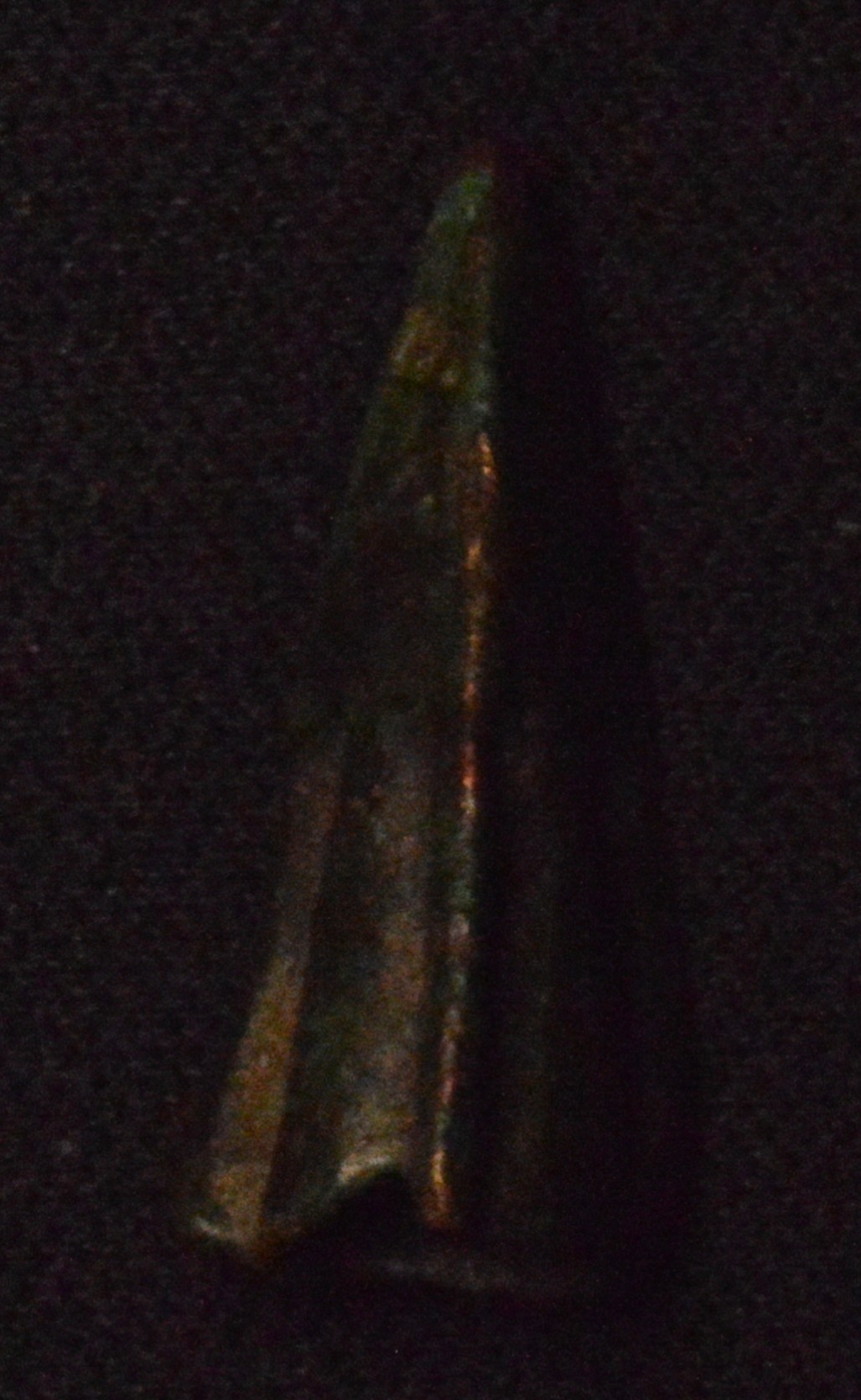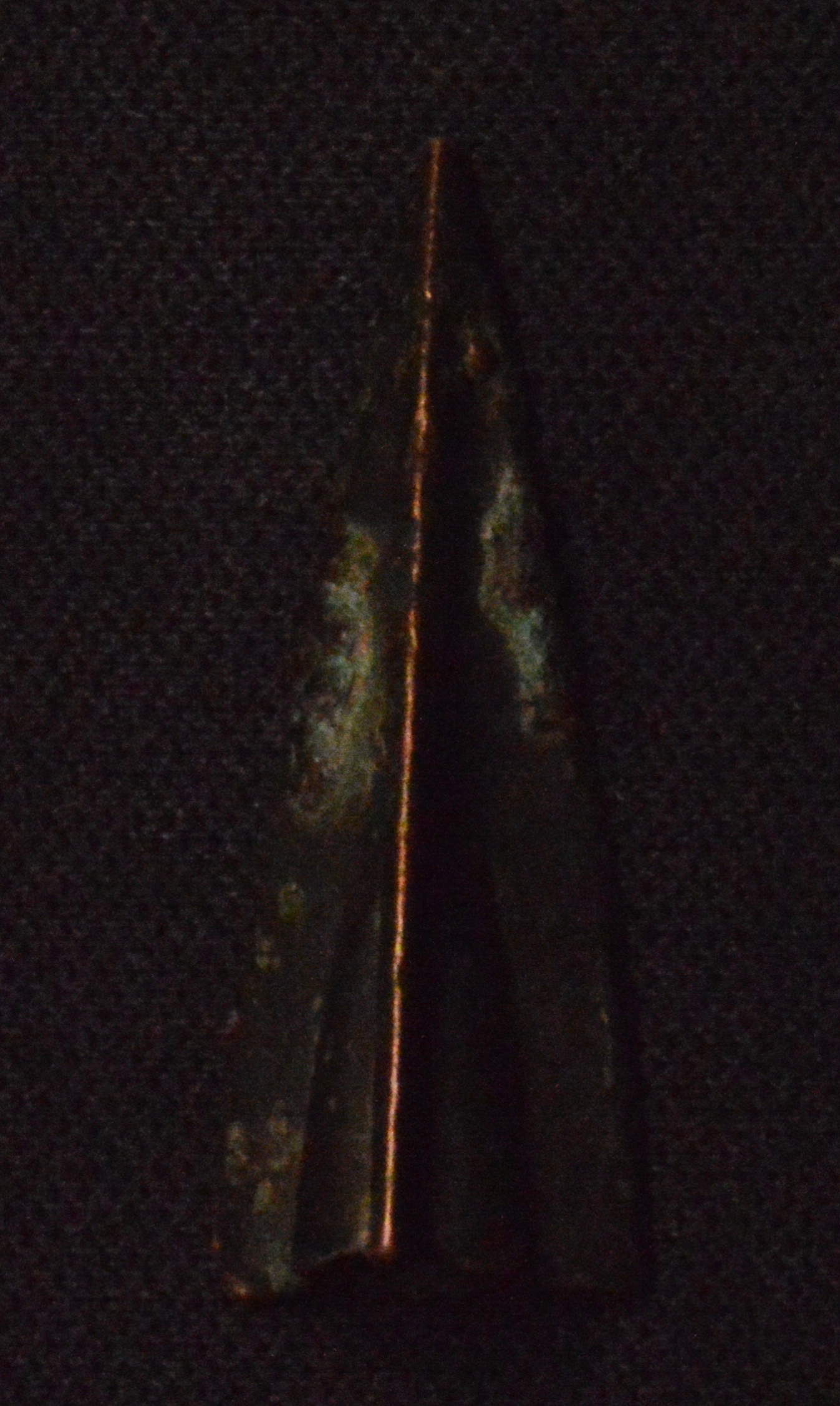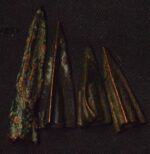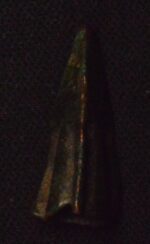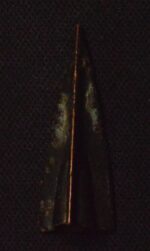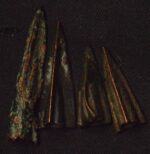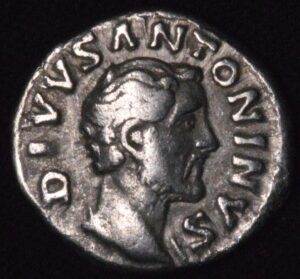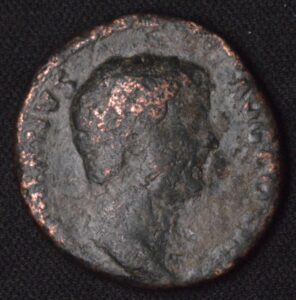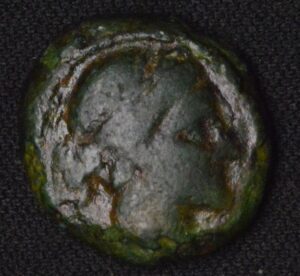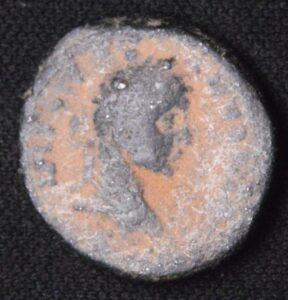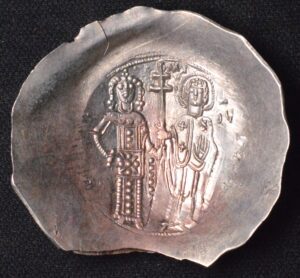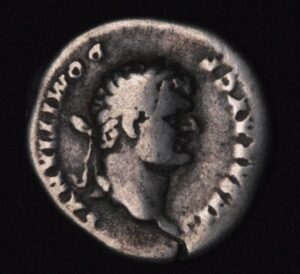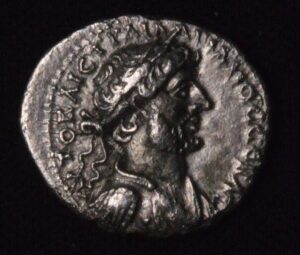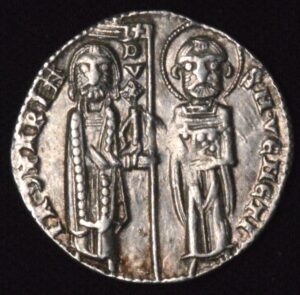Description
An ancient Roman poison arrowhead, such as the one you have noted (de-poisoned for safety), represents a chilling and fascinating example of warfare technology from antiquity. While used primarily for hunting or combat, poison arrows significantly increased lethality, offering armies and hunters an edge by causing severe systemic effects beyond the physical wound. Although poison arrow use is often attributed to nomadic and distant cultures, the Romans likely encountered and employed such weapons, especially in frontier warfare.
Historically, arrow poison was crafted from toxic substances like venom from snakes or scorpions, extracts of poisonous plants, or even putrefied organic matter, designed to cause infection, paralysis, or death. The Scythians, famed for their use of poison arrows, coated their arrowheads with deadly concoctions made from decomposing serpent venom and fermented blood mixtures, a practice known and recorded by Roman writers like Ovid. These poisons caused “double death”—tissue necrosis from the wound and systemic poisoning that was difficult to treat.
The physical design of Roman arrowheads varied but often featured sharp barbs or multiple blades, making removal difficult and increasing damage. This arrowhead, now de-poisoned, serves as a rare artifact preserved through time—once a feared weapon capable of inflicting pain and rapid mortality on enemies or prey. Today, it symbolizes not only ancient military ingenuity but also the brutal realities of historic combat.
Collectors and historians value such pieces for their direct connection to ancient technologies of warfare, reflecting the blend of natural knowledge and martial skill. Owning a Roman poison arrowhead offers a tangible link to the past and an evocative story of survival strategies that shaped battles and hunting practices in antiquity. This arrowhead, while safe now, carries echoes of a time when every edge in battle counted — including the silent, invisible threat of poison.
An ancient Roman poison arrowhead, such as the one you have noted (de-poisoned for safety), represents a chilling and fascinating example of warfare technology from antiquity. While used primarily for hunting or combat, poison arrows significantly increased lethality, offering armies and hunters an edge by causing severe systemic effects beyond the physical wound. Although poison arrow use is often attributed to nomadic and distant cultures, the Romans likely encountered and employed such weapons, especially in frontier warfare.
Historically, arrow poison was crafted from toxic substances like venom from snakes or scorpions, extracts of poisonous plants, or even putrefied organic matter, designed to cause infection, paralysis, or death. The Scythians, famed for their use of poison arrows, coated their arrowheads with deadly concoctions made from decomposing serpent venom and fermented blood mixtures, a practice known and recorded by Roman writers like Ovid. These poisons caused “double death”—tissue necrosis from the wound and systemic poisoning that was difficult to treat.
The physical design of Roman arrowheads varied but often featured sharp barbs or multiple blades, making removal difficult and increasing damage. This arrowhead, now de-poisoned, serves as a rare artifact preserved through time—once a feared weapon capable of inflicting pain and rapid mortality on enemies or prey. Today, it symbolizes not only ancient military ingenuity but also the brutal realities of historic combat.
Collectors and historians value such pieces for their direct connection to ancient technologies of warfare, reflecting the blend of natural knowledge and martial skill. Owning a Roman poison arrowhead offers a tangible link to the past and an evocative story of survival strategies that shaped battles and hunting practices in antiquity. This arrowhead, while safe now, carries echoes of a time when every edge in battle counted — including the silent, invisible threat of poison.
An ancient Roman poison arrowhead, such as the one you have noted (de-poisoned for safety), represents a chilling and fascinating example of warfare technology from antiquity. While used primarily for hunting or combat, poison arrows significantly increased lethality, offering armies and hunters an edge by causing severe systemic effects beyond the physical wound. Although poison arrow use is often attributed to nomadic and distant cultures, the Romans likely encountered and employed such weapons, especially in frontier warfare.
Historically, arrow poison was crafted from toxic substances like venom from snakes or scorpions, extracts of poisonous plants, or even putrefied organic matter, designed to cause infection, paralysis, or death. The Scythians, famed for their use of poison arrows, coated their arrowheads with deadly concoctions made from decomposing serpent venom and fermented blood mixtures, a practice known and recorded by Roman writers like Ovid. These poisons caused “double death”—tissue necrosis from the wound and systemic poisoning that was difficult to treat.
The physical design of Roman arrowheads varied but often featured sharp barbs or multiple blades, making removal difficult and increasing damage. This arrowhead, now de-poisoned, serves as a rare artifact preserved through time—once a feared weapon capable of inflicting pain and rapid mortality on enemies or prey. Today, it symbolizes not only ancient military ingenuity but also the brutal realities of historic combat.
Collectors and historians value such pieces for their direct connection to ancient technologies of warfare, reflecting the blend of natural knowledge and martial skill. Owning a Roman poison arrowhead offers a tangible link to the past and an evocative story of survival strategies that shaped battles and hunting practices in antiquity. This arrowhead, while safe now, carries echoes of a time when every edge in battle counted — including the silent, invisible threat of poison.
CUSTOMER FEEDBACK








Related Products & Newly Released!




SHIPPING POLICY
Your order is shipped from the United States with USPS tracking within one business day.
14 Day Return Policy
You can return your item back within
14 days of the purchase

Secure payments
Your payments are 100% secure and are processed through Square or PayPal on a protected security network.
SHIPPING POLICY
FREE International and Domestic (United States) shipping. Your order is shipped with USPS tracking 24 hours after you order.
14 Day Return Policy
You can return your item back within
14 days of the purchase

Secure payments
Your payments are 100% secure and are processed through Square or PayPal on a protected security network.
RESOURCES
support
Get Real Deals!
Sign up now to receive our articles for the latest insights and promotions!
RESOURCES
support
Get Fresh Articles!
Signup our newsletter to get update insight or promotions.




